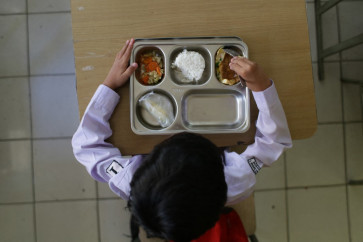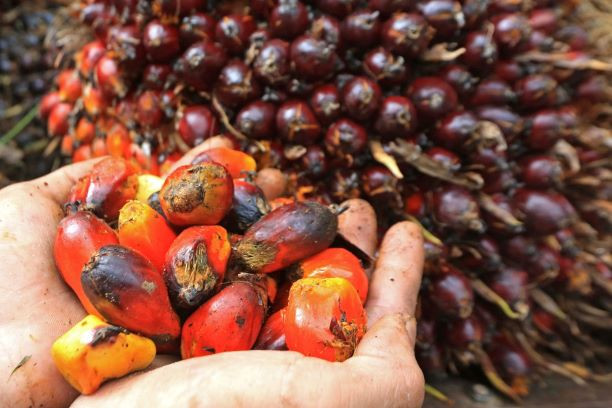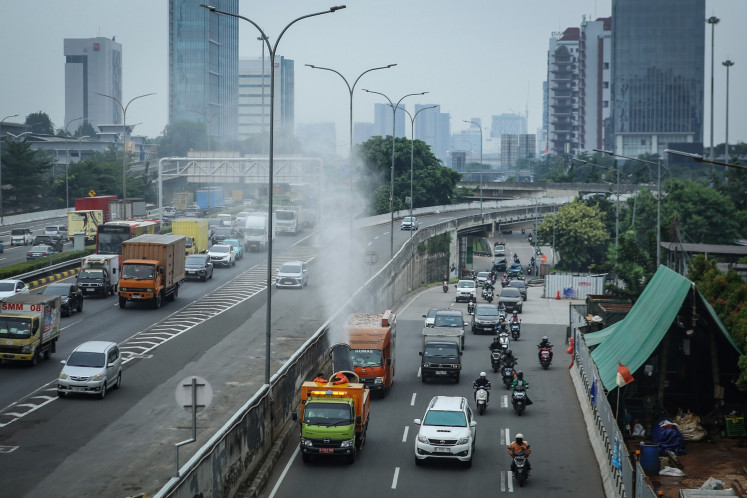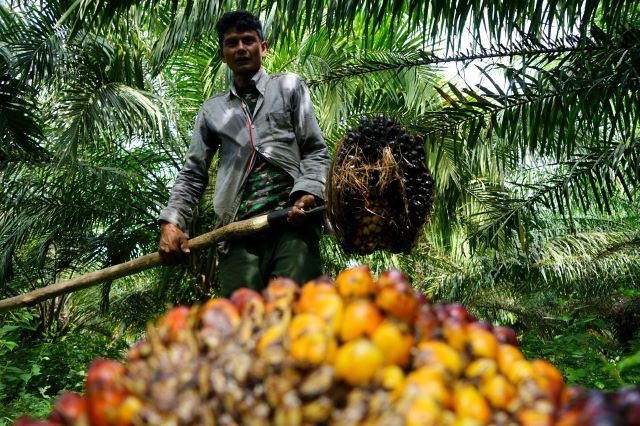Popular Reads
Top Results
Can't find what you're looking for?
View all search resultsPopular Reads
Top Results
Can't find what you're looking for?
View all search resultsNorth Sumatra may see spike in poverty, unemployment as pandemic damages economy: BI
Under the extreme scenario, an additional 589,521 residents of North Sumatra could fall into poverty, bringing the province’s total poor population to 1.85 million.
Change text size
Gift Premium Articles
to Anyone
N
orth Sumatra is projected to see a rise in poor and unemployed residents as the novel coronavirus pandemic hits the earnings of millions of workers and damages the country's economy, according to Bank Indonesia (BI).
Wiwiek Sisto Widayat, the chief representative of the central bank's North Sumatra branch, said that under the moderate scenario, about 125,000 people would fall into poverty, bringing the province’s total poor population to 1.38 million after the COVID-19 crisis had passed.
Under the extreme scenario, an additional 589,521 residents of North Sumatra could fall into poverty, bringing the province’s total poor population to 1.85 million.
He also estimated that the number of unemployed workers in the province would almost double, increasing from 383,000 to 737,000.
“This is all due to COVID-19, which has affected all the business sectors that are the sources of North Sumatra’s regional gross domestic product,” Wiwiek said in a virtual seminar hosted by the Medan State University School of Economics on Tuesday.
Read also: Up to 9 million people to fall into poverty, unemployment as COVID-19 hits: Sri Mulyani
“It has also impacted other economic growth variables such as consumption, investment, government spending, imports and exports. All will be affected, including the poor population and unemployed people living in North Sumatra.”
Wiwiek said that North Sumatra might see 4.3 to 4.7 percent growth after the outbreak in a mild scenario, but an extreme scenario might leave the province with only 1.2 to 1.6 percent growth.
The central bank has implemented monetary policies to anticipate the turbulence, including those seeking to reduce interest rates, stabilize the exchange rate, digitize small and medium enterprises and relax statutory reserve and liquidity requirements.
Wiwiek said BI was also focusing on macroprudential regulations and payment system policies as well as deepening financial markets and encouraging sharia economic activities.
“We are doing this because Bank Indonesia doesn't want the extreme scenario to happen. We must anticipate it as much as possible with the cooperation of all stakeholders,” he said.
Read also: COVID-19: Swift, accurate government aid disbursement critical in avoiding spike in poverty
The central government previously estimated that 1.1 million to 3.78 million Indonesians would fall into poverty and 2.9 million to 5.2 million could lose their jobs as a result of the COVID-19 crisis, as the pandemic had upended supply chains and forced companies to lay off employees.
As many as 2.8 million people have lost their jobs as of Monday, according to data from the Manpower Ministry and the Workers Social Security Agency (BPJS Ketenagakerjaan). More than half were furloughed and placed on paid or unpaid leave.
The International Monetary Fund (IMF) projects the worst global recession since the Great Depression, potentially dragging Indonesia’s economic growth to 0.5 percent this year from 5.02 percent in 2019. (mfp)










